✓ Joining us on our Whatsapp Channel: 💬 Explore and Escape!.
Booking through us:
✓ 🏩 🛌 Handpicked Luxury Stays in Budget: Booking.com | Agoda.com
✓ 🍹⛱️ Deals on Private xfers, SIM Cards, City tours, Day trips : 📍🗺️ GetYourGuide | 🛵🧳 Klook
com/landmarks/oceania-landmarks/landmarks-of-australia/”>landmarks in South America, you’d know there are quite a few of them are here in Argentina.
Argentina’s landmarks are like jewels in a treasure chest, each one shining with its own unique brilliance and luster.
From the glittering metropolis of Buenos Aires to the rugged snow-capped peaks of the Andes, Argentina’s landmarks are a testament to the country’s rich history, diverse culture, and breathtaking natural beauty.
Whether walking the cobbled streets of San Telmo, marveling at the thundering Iguazu Falls, or sipping wine in the vineyards of Mendoza, each step taken in Argentina is a journey through a land of wonder and enchantment.
1. Iguazu Falls
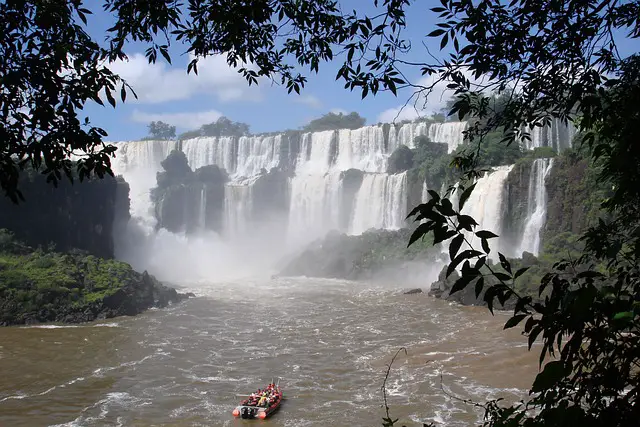
One of the largest waterfalls system in the world, located on the border of Argentina and Brazil.
What to see or do: Take a boat tour to the base of the falls to experience the sheer power and beauty of the waterfalls up close.
Walk along the various trails and viewpoints to see the falls from different angles and heights.
Don’t miss: The Devil’s Throat, a U-shaped waterfall that is over 80 meters high and located on the Argentinian side. It’s the most impressive and powerful of all the falls.
Insider travel tips: Wear comfortable shoes as you’ll be doing a lot of walking. Visit early in the morning to avoid the crowds and get the best views.
Consider staying in a hotel on the Argentinian side for easier access to the falls.
2. Teatro Colon
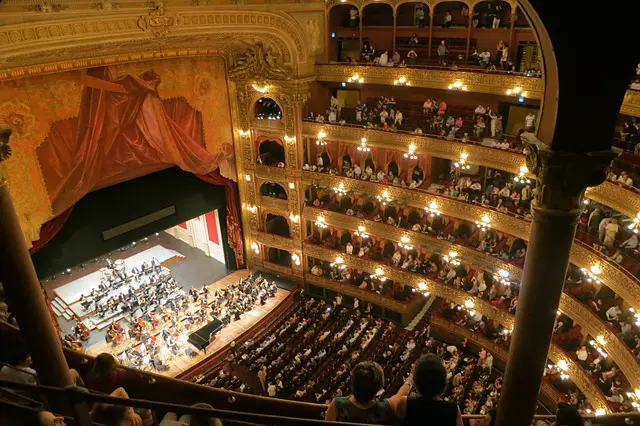
Teatro Colon is a world-renowned opera house located in Buenos Aires, Argentina.
It is considered one of the best acoustic theaters in the world and has hosted many famous national and international performers.
What to see or do: Visitors can take guided tours of the beautiful building, admire the impressive architecture and decorative details, and learn about the history of the theater.
The theater also puts on a variety of opera, ballet, and classical music performances throughout the year.
Don’t miss: The main hall is a must-see, with its stunning ceiling mural and luxurious decor. It’s also worth checking out the intricate wood-carved music stands and the hand-painted stage curtain.
Insider travel tips: – If you want to attend a performance, be sure to book your tickets well in advance, as they sell out quickly.
3. Perito Moreno Glacier
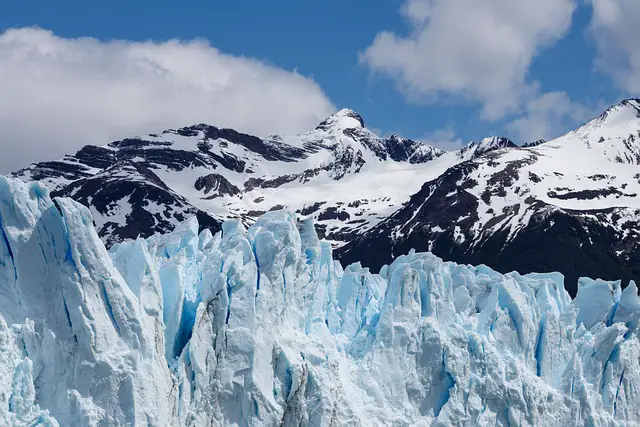
Perito Moreno Glacier is a massive glacier located in Southern Patagonian Ice Field, part of Los Glaciares National Park in Argentina.
What to see or do: Visitors can witness the awe-inspiring beauty of the glacier as it towers over the turquoise waters of Lake Argentino. The best way to experience the glacier is by taking a boat tour or ice trekking excursion.
Don’t miss: A breathtaking natural phenomenon that occurs every few years, when the ice bridge connecting the glacier to the land collapses, creating a spectacular sight of ice falling into the water.
Insider travel tips: Visit in the summer months (December-February) to enjoy milder temperatures and longer daylight hours.
4. La Recoleta Cemetery
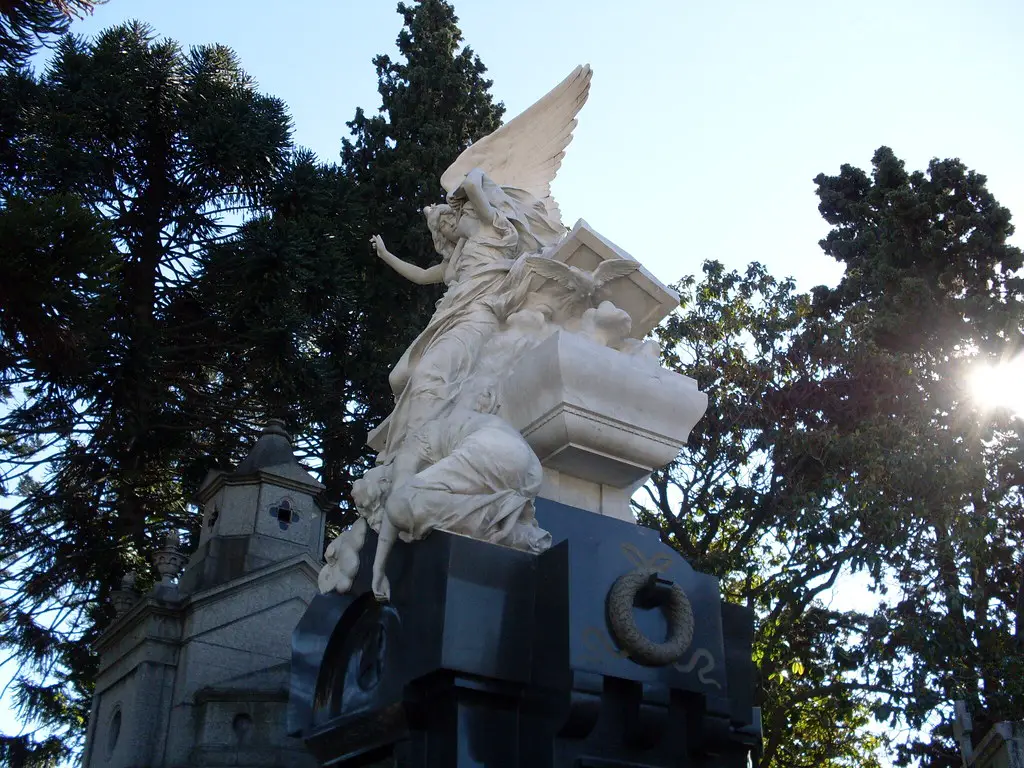
La Recoleta Cemetery is a cemetery located in the Recoleta neighbourhood of Buenos Aires, Argentina.
It is the final resting place of many of Argentina’s most notable figures, including Eva Perón, presidents, Nobel Prize winners, and professionals from various disciplines.
What to see or do: Stroll through the tree-lined paths and admire the richly decorated tombs, many of which have been intricately designed by renowned architects.
Marvel at the stunning statues and sculptures, and pay your respects to the notable figures buried there.
Don’t miss: The tomb of Eva Perón is one of the most popular and frequently visited gravesites in the cemetery. It is marked with a simple plaque that reads “Eva Perón – 1919-1952.
Insider travel tips: – Visit the cemetery in the morning for the best lighting and fewer crowds.
5. Ushuaia
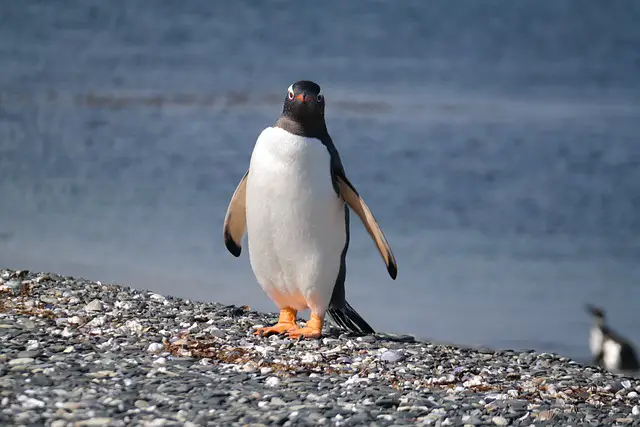
Ushuaia is a city located in Tierra del Fuego, Argentina, known as the southernmost city in the world.
What to see or do: Explore the Tierra del Fuego National Park, go hiking in the Andes mountains, visit the End of the World Museum, take a boat tour through the Beagle Channel, and enjoy panoramic views from the Martial Glacier.
Don’t miss: Taking a ride on the End of the World Train, a historic steam train that crosses through the Tierra del Fuego National Park and offers stunning views of the landscape.
Insider travel tips: Don’t forget to bring warm clothing, as temperatures can drop quickly. Try the local seafood, especially the king crab, and visit the nearby penguin colonies for a unique wildlife experience.
Book tours and activities in advance, as they can fill up quickly during peak season.
6. Aconcagua
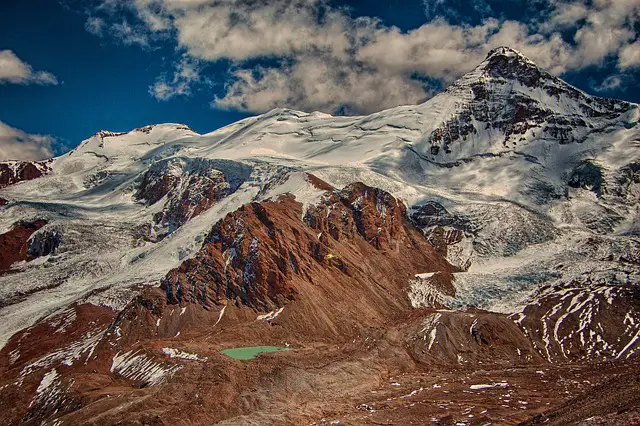
Aconcagua is the highest mountain in the Western Hemisphere, located in the Andes range in Argentina.
What to see or do: The main attraction is the challenging climb up to the summit, which attracts experienced mountaineers from around the world. Alternatively, there are several trekking routes, including the popular Horcones Valley and the Vacas Valley.
Don’t miss: The stunning views of the surrounding Andes mountains and glaciers from the summit of Aconcagua are well worth the climb.
Additionally, visitors can explore the nearby Aconcagua Provincial Park, which offers a variety of outdoor activities such as hiking, camping, and horseback riding.
Insider travel tips: – Climbers should be prepared for extreme weather conditions, which can change quickly and without warning.
7. Obelisco
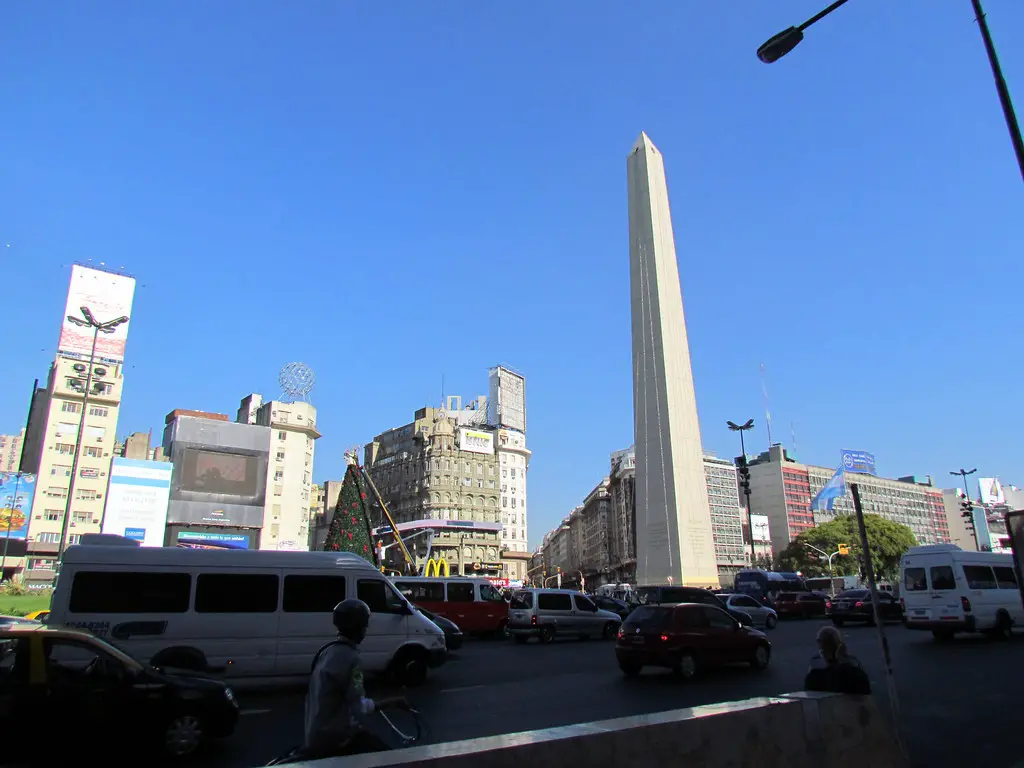
A historic monument located in the center of Buenos Aires, Argentina.
What to see or do: Visitors can take a stroll around the obelisk and admire its impressive size and architecture.
There are also several cafes and restaurants in the area where visitors can enjoy some local cuisine while taking in the views.
Don’t miss: If you visit the obelisk at night, you’ll be treated to a stunning light show that illuminates the monument in a variety of colors.
Insider travel tips: Visitors should be aware that the obelisk is located in a busy intersection and can be quite crowded during peak times of the day.
Additionally, it’s a good idea to keep an eye on your belongings and be aware of your surroundings, as this is a popular spot for pickpockets.
8. Tierra del Fuego National Park
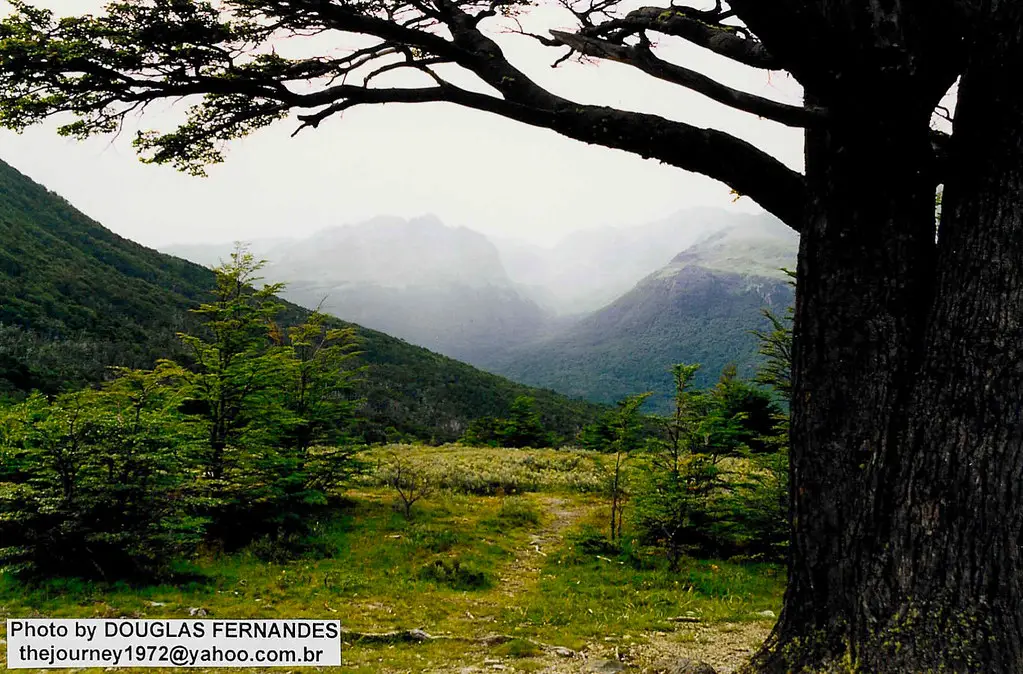
Tierra del Fuego National Park is a protected wilderness area in the southernmost tip of Argentina that encompasses diverse landscapes, including mountains, forests, lakes, and rivers.
What to see or do: Hiking and trekking opportunities abound in Tierra del Fuego National Park, with trails winding through forests and along lakeshores. Visitors can also take boat tours and kayak through the park’s waterways, and fishing is permitted in designated areas.
Wildlife viewing includes chances to spot beavers, guanacos, red foxes, and Andean condors.
Don’t miss: One of the park’s highlights is the End of the World Train, a scenic railway that offers spectacular views of the surrounding landscape.
Another must-see is the Lapataia Bay, the southernmost point accessible by road in South America.
Insider travel tips: Make sure to pack warm and waterproof clothing, as the weather in Tierra del Fuego can be unpredictable. To avoid crowds, consider visiting the park during the shoulder seasons of September to November or March to May.
If hiking, download a trail map and pack sufficient food and water.
9. Mount Fitz Roy
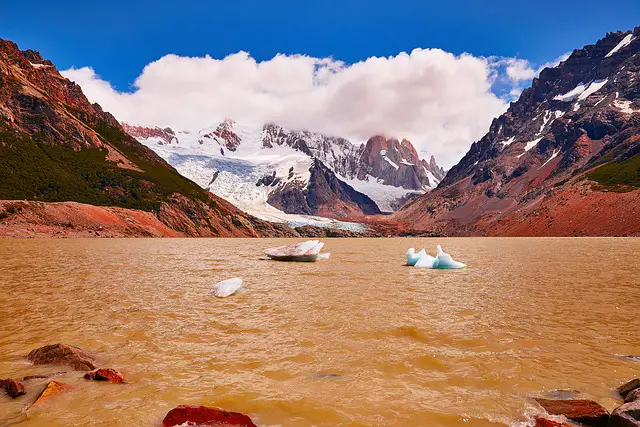
Mount Fitz Roy is a majestic mountain located in the Southern Patagonian Ice Field in Argentina. It is a popular destination for avid hikers and climbers seeking a thrilling adventure.
What to see or do: Mount Fitz Roy offers stunning panoramic views of the Andes and the surrounding valleys. Visitors can hike along various trails that offer a range of difficulty levels, from easy walks to advanced climbing routes.
The most popular trail is the Laguna de los Tres, which takes around eight hours to complete roundtrip and offers breathtaking views of the mountain.
Don’t miss: Don’t miss the chance to see the mountain at sunrise or sunset, when the sky is painted in beautiful shades of orange and pink.
The view from Laguna de los Tres is especially spectacular during these times.
Insider travel tips: – The best time to visit Mount Fitz Roy is from October to March, which is the summer season in Argentina.
10. Casa Rosada
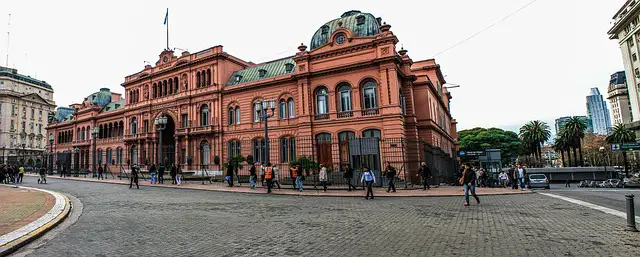
The Casa Rosada, or Pink House, is the presidential palace and executive office of the President of Argentina. It is located in the heart of Buenos Aires.
What to see or do: Visitors can take guided tours of the palace to see its interior and learn about its history. The museum inside features exhibits on Argentina’s political history, including famous figures like Eva Perón.
Don’t miss: The famous balcony where Eva Perón addressed the crowds is a must-see. In addition, the pink color of the building makes for a great photo opportunity.
Insider travel tips: For the best experience, visit Casa Rosada on a weekend when it’s less crowded. The guided tours are only given in Spanish, so it’s helpful to know the language or bring a translator.
Also, the nearby San Telmo neighborhood is a great place to explore after your visit.
11. Mendoza’s Wine Country
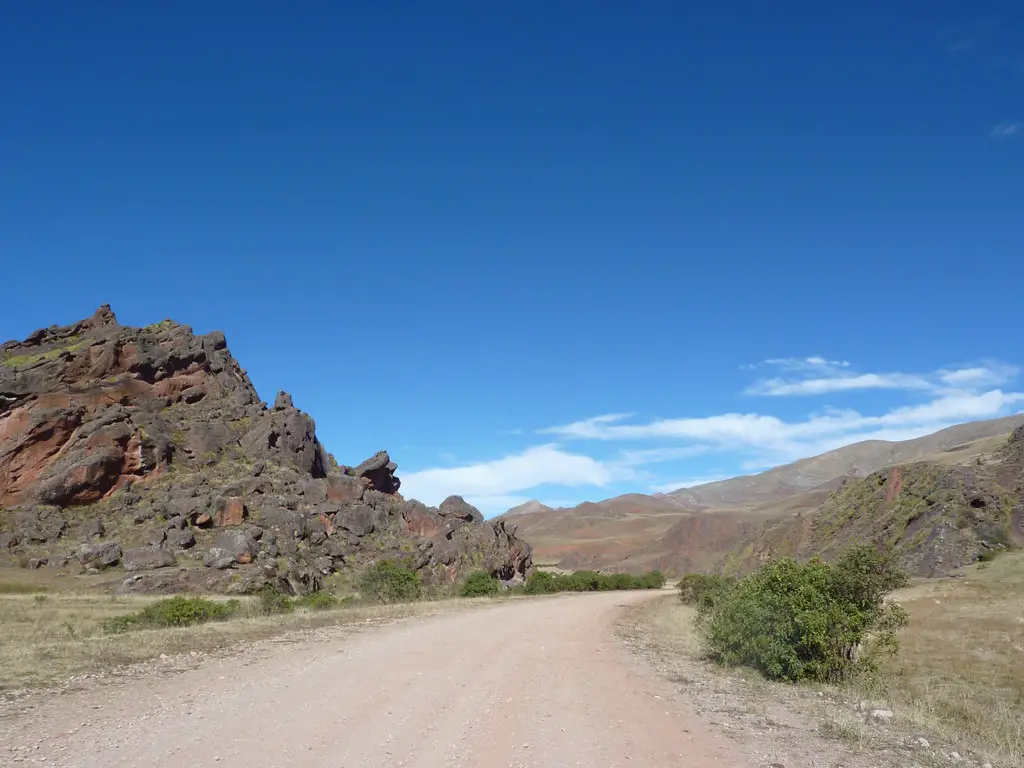
Mendoza’s Wine Country is a beautiful region located in western Argentina that produces some of the best wines in the world.
What to see or do: Take a wine tour and experience the vineyards, wineries, and wine tastings. Visit the beautiful Andes Mountains, go horseback riding or hiking.
Enjoy the famous Argentine cuisine in the charming city of Mendoza.
Don’t miss: The wineries of Lujan de Cuyo and Maipu, where you can taste the famous Malbec and other varietals. The beautiful landscapes of the Uco Valley and the Andes Mountains that surround the region.
Insider travel tips: Take your time to enjoy every moment, as time moves at a slower pace in Mendoza. Book your wine tours in advance as they tend to fill up quickly.
Taste the local empanadas and try the traditional Argentine asado (barbecue).
12. The Beagle Channel
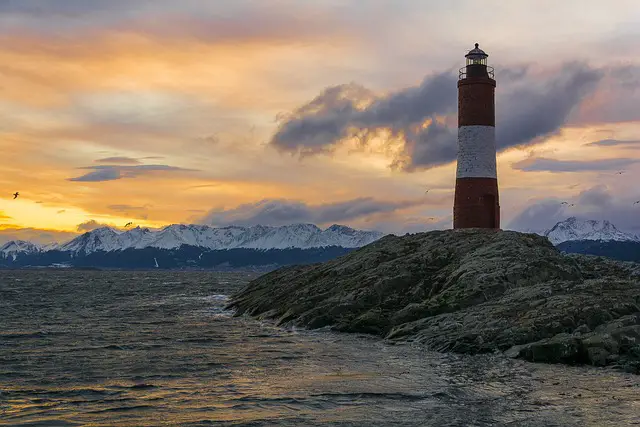
The Beagle Channel is a strait located in the southern part of Argentina that connects the Atlantic and Pacific Oceans.
What to see or do: There are several activities to enjoy in the Beagle Channel such as boat tours, kayaking, and wildlife watching.
Visitors can get close to the iconic Les Eclaireurs Lighthouse, visit the Bridges Islands, and see sea lion colonies and different bird species.
Don’t miss: A visit to the Isla Martillo (Hammer Island) to see the Magellanic and Gentoo penguins is a must-do experience.
Insider travel tips: It’s recommended to visit during the summer months (December-February) when the weather is milder and the days are longer. Dress in layers as the temperature can change quickly.
Try to pick a tour that includes a bilingual guide to enhance the experience.
13. Bariloche and the Lake District
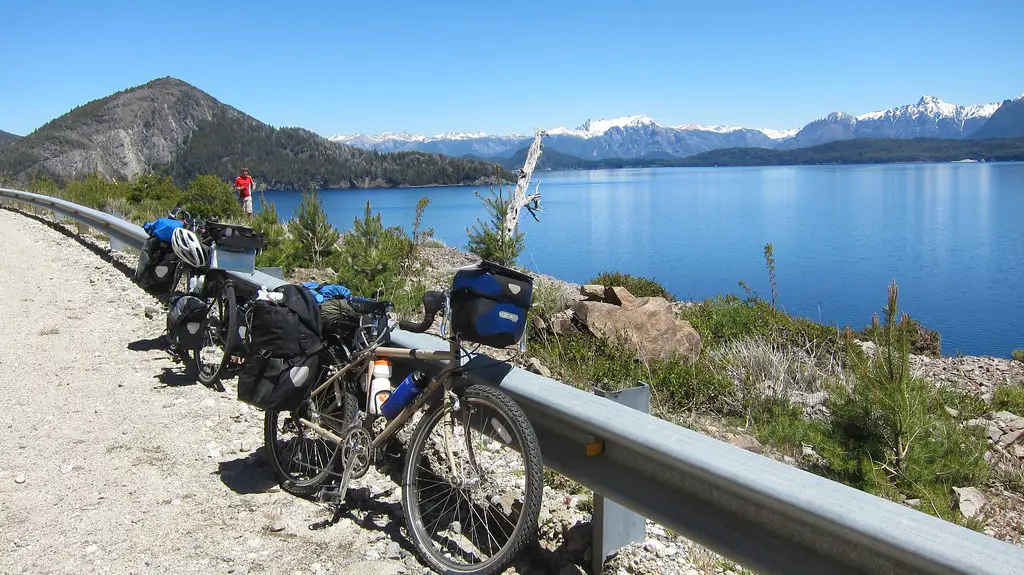
A picturesque region in Argentina, known for its stunning lakes, snow-capped mountains, and unique natural beauty.
What to see or do: Explore the Nahuel Huapi National Park, go skiing or snowboarding at Cerro Catedral, take a scenic drive on the Seven Lakes Route, visit the chocolate factories in Bariloche, go fishing or kayaking in one of the many lakes, hike to the top of Mount Tronador.
Don’t miss: Trying the local cuisine, including the famous Argentine beef and regional specialties like trout and venison. Take a day trip to Villa La Angostura, a charming town with beautiful architecture and stunning scenery.
Insider travel tips: Visit during the autumn months (March to May) for vibrant fall colors and fewer crowds. Take advantage of the local transportation options, such as buses and taxis, to get around.
Pack for both warm and cool weather, as temperatures can vary widely throughout the day.
14. Quebrada de Humahuaca
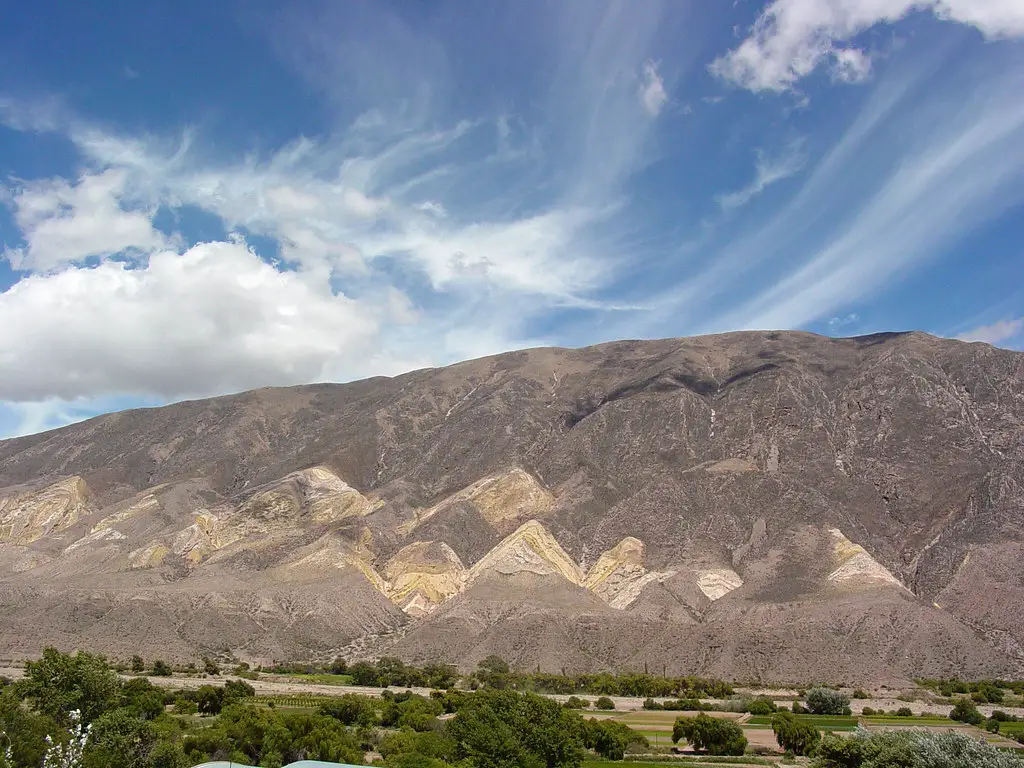
Quebrada de Humahuaca is a scenic mountainous ravine in the Jujuy province of Argentina. It runs for over 150 kilometers through the Andes mountain range and is a UNESCO World Heritage Site.
What to see or do: Marvel at the breathtaking landscape with its colorful rock formations and unique flora and fauna. Visit the towns along the way, such as Purmamarca and Tilcara, to explore the local culture and art scene.
Discover ancient Incan and pre-Incan ruins at Pucara de Tilcara and climb to the top of the Cerro de los Siete Colores for the panoramic view.
Don’t miss: The Hill of Seven Colors (Cerro de los Siete Colores), which boasts a jaw-dropping display of multi-colored rock strata. The town of Humahuaca, known for its colonial architecture and rich historical significance.
And the Carnaval celebrations, full of folkloric music, colorful costumes, and traditional dance.
Insider travel tips: Take your time to explore the Quebrada de Humahuaca, as there’s much to see and do. Be mindful of altitude sickness and adjust to the high altitude before embarking on any strenuous hikes.
Travel during the shoulder season (April-May and October-November) to avoid crowds and get better deals on accommodations. And try the local cuisine, such as empanadas, locro, and tamales.
15. Cordoba’s Jesuit Block and Estancias
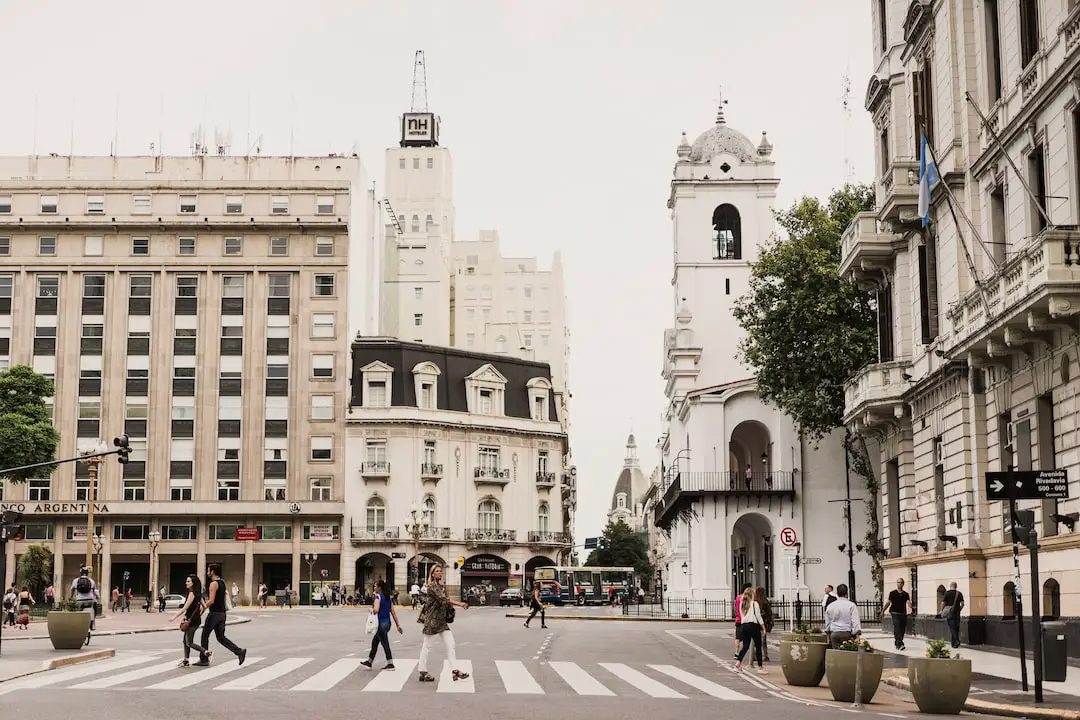
A UNESCO World Heritage site encompassing a collection of Jesuit buildings and ranches spread across the province of Cordoba, Argentina.
What to see or do: Visit the iconic Church of the Company of Jesus, admire the impressive architecture of the National College of Monserrat, explore the beautiful ranches and their surrounding landscapes, and learn about the history and legacy of the Jesuits in the region.
Don’t miss: The fascinating Museum of the University of Cordoba, which displays a unique collection of art, artifacts, and documents related to the Jesuit Block and the university’s history.
Insider travel tips: Take a guided tour to make the most out of your visit and gain insights from knowledgeable guides. Also, make sure to try some of the delicious local specialties, such as “asado” barbecue and “empanadas” pastries.
Finally, keep in mind that the weather can be unpredictable, so bring appropriate clothing for outdoor activities.
16. Los Glaciares National Park
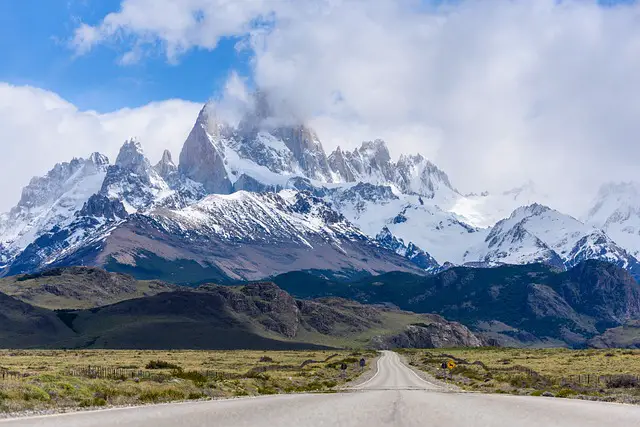
Los Glaciares National Park is a UNESCO World Heritage site in Argentina, encompassing over 700,000 acres of ice fields, glaciers, lakes, and mountains.
What to see or do: Witness the stunning Perito Moreno Glacier, one of the few glaciers in the world that is still advancing.
Don’t miss: Experience the thrill of trekking on the famous Perito Moreno Glacier. Visitors can strap on crampons and ice axes to traverse the surface of this amazing ice structure.
Insider travel tips: Visit during the shoulder season (September to November or March to May) to avoid the crowds.
17. Train to the Clouds

The Train to the Clouds is a tourist train journey that takes you through the Andes mountains in northwestern Argentina.
What to see or do: The journey takes approximately 16 hours and covers 270 miles, crossing over 29 bridges, 21 tunnels, and reaching an altitude of 13,845 feet.
It offers stunning views of the Andes mountain range, with its snow-capped peaks, deep valleys, and rugged landscapes.
Don’t miss: The highlight of the Train to the Clouds is the La Polvorilla Viaduct, a steel structure towering at 223 feet above the ground.
It’s a sight to behold and a must-see for all passengers.
Insider travel tips: Book your tickets in advance as the train only runs once a week.
18. The Andes Mountains
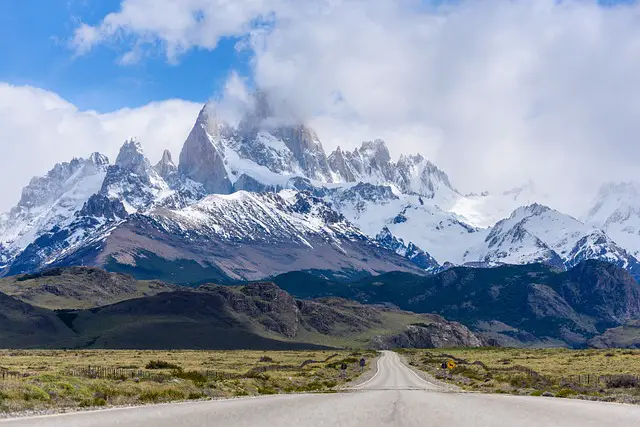
The Andes Mountains in Argentina are the highest mountain range outside of Asia, stretching over 4,300 miles along the western coast of South America.
What to see or do: Hike and explore the breathtaking landscapes with snow-capped peaks, deep valleys, and glaciers. Visit the vineyards and wineries in Mendoza, or ski in the winter resorts of Bariloche.
Don’t miss: The Aconcagua Mountain, which stands at 22,837 feet and is the tallest peak in both the Western and Southern Hemispheres. The Cerro Catedral ski resort in Bariloche, with over 120 km of ski slopes and stunning views.
Insider travel tips: Make sure to acclimate properly to the high altitude before hiking or engaging in physical activities. Also, bring plenty of warm clothing as temperatures can drop dramatically at higher elevations.
Some of the most spectacular views can be enjoyed from the window of a plane flying over the Andes.
19. Mar del Plata Beach
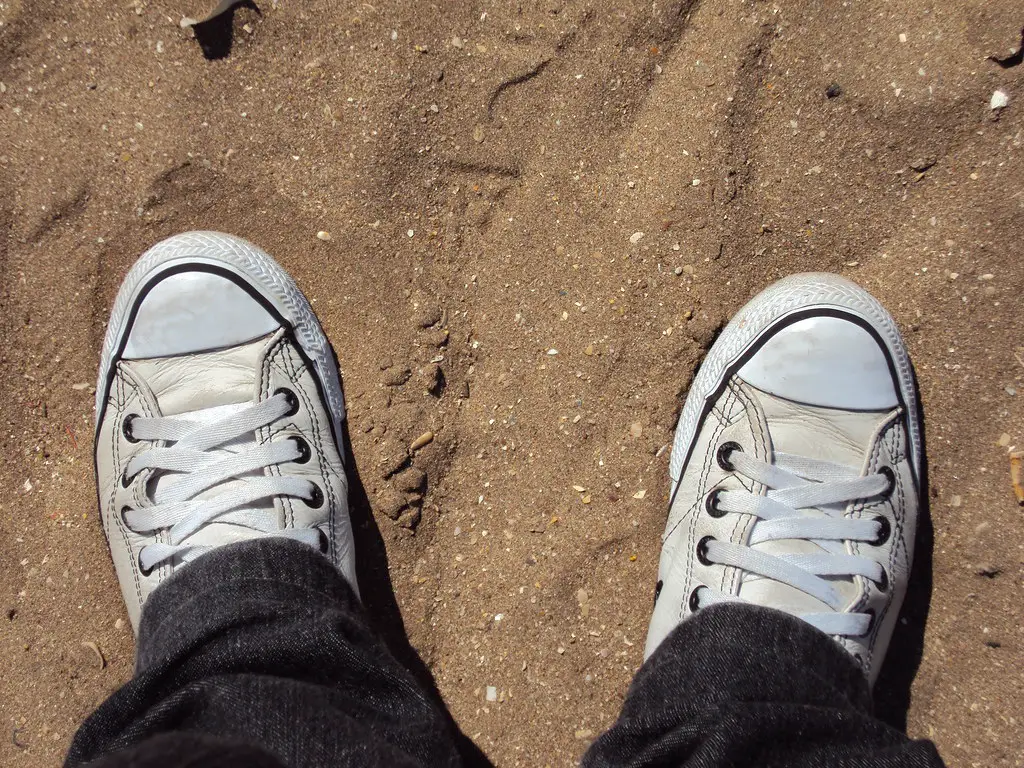
Mar del Plata Beach is a popular and picturesque beach town located in the east coast of Argentina, known for its long golden sand beaches and vibrant nightlife.
What to see or do: Enjoy miles of white sandy beaches perfect for swimming, sunbathing, surfing, and water sports. Stroll along the scenic boardwalk, explore the historic landmarks, and visit the museums and art galleries.
Don’t miss out on the city’s lively nightlife scene, full of bars, restaurants, and nightclubs.
Insider travel tips: Visit during the summer months (December to February) for the warmest weather and liveliest events. Try local cuisine such as seafood, pastries, and Argentinean barbecue.
Take a day trip to nearby towns like Miramar and Necochea for more secluded beaches and charming small-town vibes. Stay at a hotel near the beach to enjoy stunning ocean views and easy access to the sand.
20. Valle de la Luna
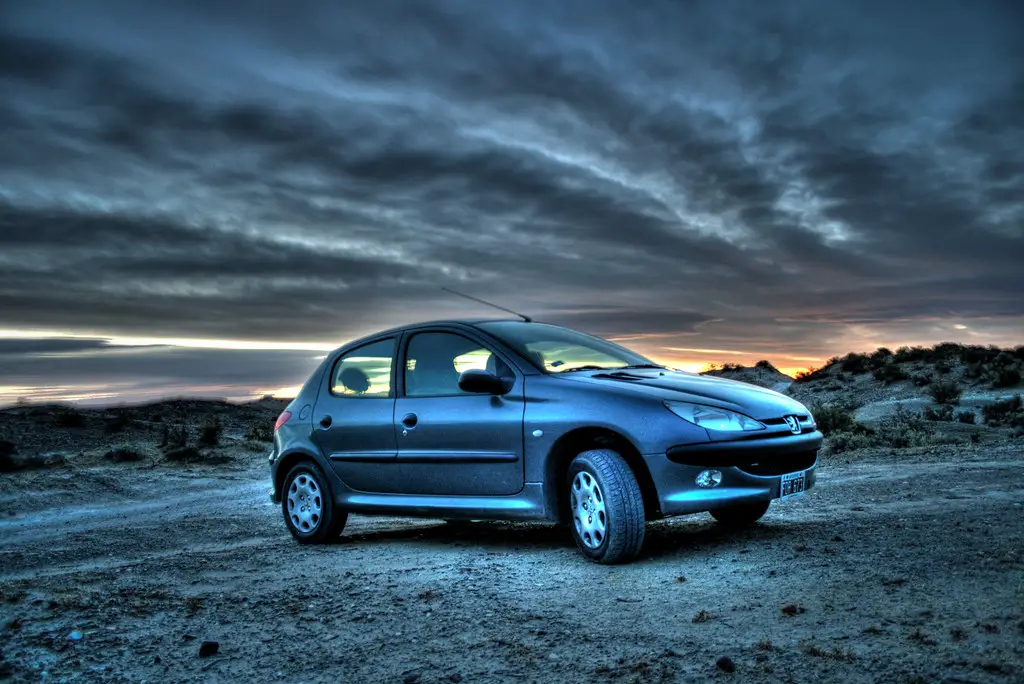
Valle de la Luna, also known as Moon Valley, is a desert-like natural park in the province of San Juan, Argentina.
What to see or do: Visitors can take a guided tour of the park to see its unique rock formations, canyons, and dunes. The park is also famous for its stunning sunset views and stargazing opportunities.
Don’t miss: Don’t miss the opportunity to take a guided walk through the park’s otherworldly landscape, which has been shaped by millions of years of wind and water erosion.
Insider travel tips: Be sure to wear comfortable shoes, as the park’s terrain can be uneven and rocky.
Also, consider visiting during the spring, fall, or winter months when the temperatures are more moderate – the summer months can be quite hot!
Finally, if you’re interested in stargazing, consider bringing a telescope or booking a night tour to maximize your viewing experience.
21. Palacio Barolo
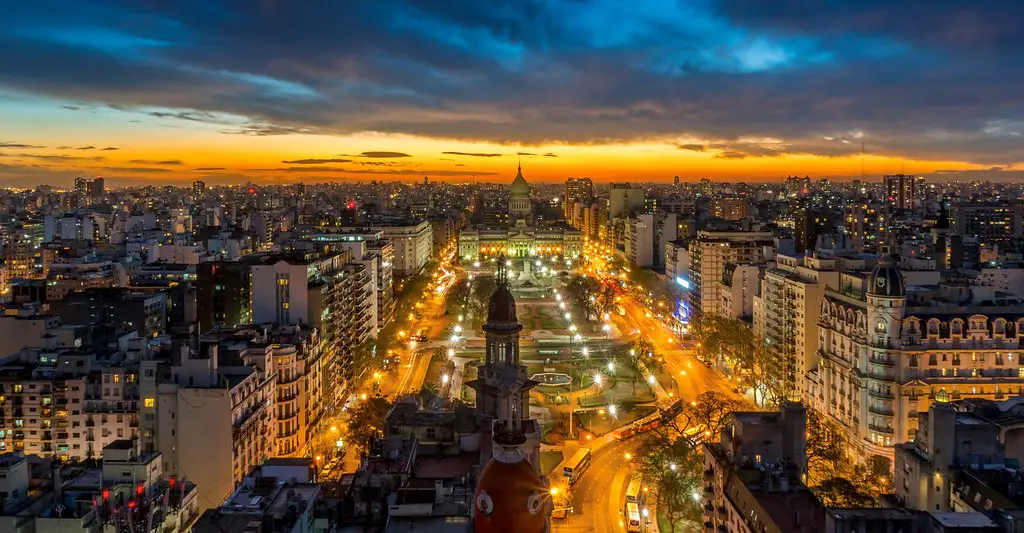
Palacio Barolo is a historic building located in the heart of Buenos Aires, Argentina.
What to see or do: Visitors can take a guided tour of the building and learn about its fascinating history and architecture. The tour takes visitors through the offices, meeting halls, and observatory at the top of the building.
Don’t miss: The highlight of the tour is the breathtaking view of the city from the Barolo Observatory. Visitors can see the entire cityscape, including the famous Tango neighborhoods of San Telmo and La Boca.
Insider travel tips: Book a sunset tour for a truly unforgettable experience. The building is beautifully lit up at night, making for stunning photo opportunities.
Also, be sure to wear comfortable shoes for the tour, as there are many stairs to climb.
22. Calafate
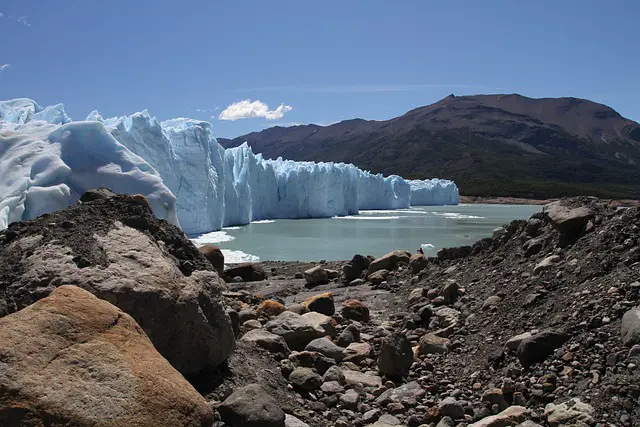
Calafate is a small town located in southern Argentina, best known for its proximity to Los Glaciares National Park.
What to see or do: The main attraction in Calafate is exploring Los Glaciares National Park and witnessing the incredible Perito Moreno Glacier. Visitors can take boat rides or hike to get an up-close view of the glacier’s stunning blue ice walls.
Don’t miss the Glaciarium museum to learn more about the park’s history and glaciology.
Insider travel tips: Make sure to bring warm clothing, as temperatures can drop quickly in the park. It’s also a good idea to book your Perito Moreno Glacier excursion in advance to secure your spot.
Consider visiting in the off-season (April-September) for lower prices and fewer crowds. Additionally, try some traditional Patagonian cuisine, such as lamb barbecue and mate tea, at one of the local restaurants.
23. Talampaya National Park
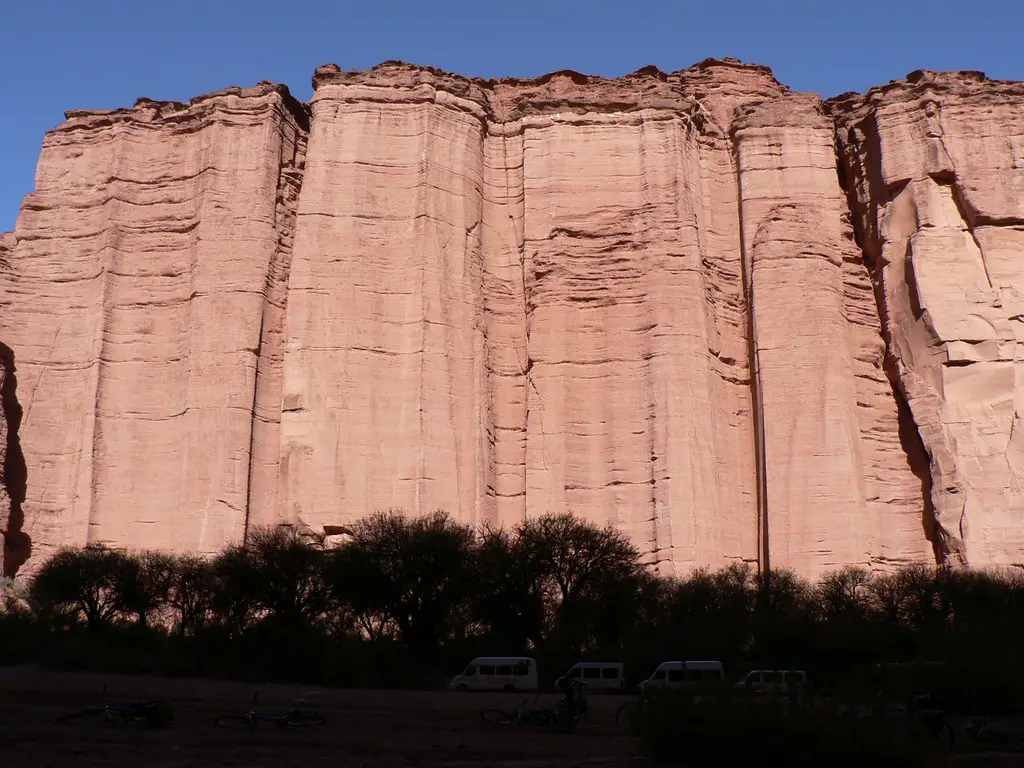
Talampaya National Park is a protected area in northern Argentina known for its breathtaking red rock formations, wildlife, and archaeological treasures dating back thousands of years.
What to see or do: Take a guided tour of the park to see stunning rock formations like the “Cathedral,” hike the colorful Martian landscape of the Cañón de Talampaya, and see ancient petroglyphs left by Indigenous peoples.
You can also go stargazing and camping in the park.
Don’t miss: Check out the incredible “City of the Lost” formation, where you can see ancient cave paintings and evidence of prehistoric human habitation.
Insider travel tips: Bring sunscreen, plenty of water, and comfortable shoes for hiking. If you’re interested in seeing wildlife, visit during the cooler months of the year, from May to September.
Also, consider staying in the nearby town of Villa Unión for easy access to the park.
24. Salinas Grandes
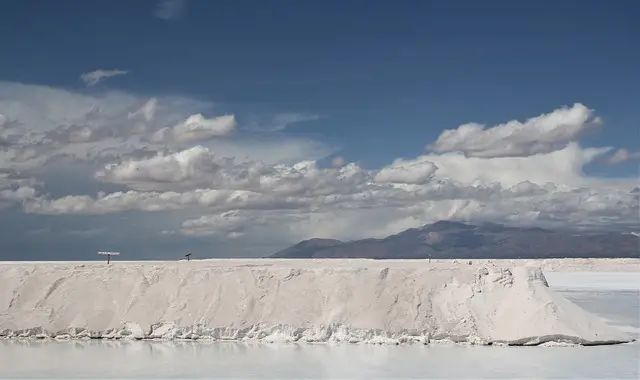
Salinas Grandes is a vast salt plain, covering over 12,000 hectares in the Jujuy Province of Argentina.
What to see or do: Take in the stunning landscape of bright white salt flats that appear endless.
You can also walk out onto the flats and experience the unique sensation of being surrounded by a seemingly endless sea of salt.
Don’t miss: The sunset or sunrise on the salt flats is a remarkable sight. The reflections of the sun’s light cast unforgettable shades of pink, purple, and orange across the expanse.
Insider travel tips: Be sure to bring plenty of sunscreen, as the bright white salt flats reflect the sun’s rays intensely.
Also, go with a local guide as they can show you the best spots for taking photos and give you insight into the history and culture of the area.
25. San Ignacio Mini Jesuit Mission
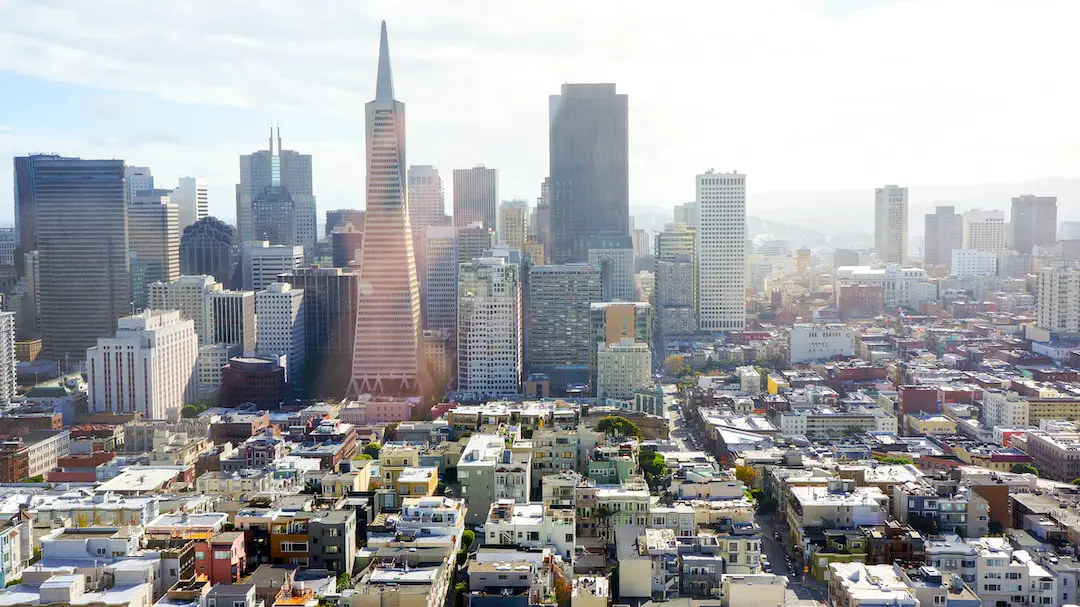
San Ignacio Mini Jesuit Mission is a UNESCO World Heritage Site located in the Misiones Province of Argentina. It is one of the many missions built during the Spanish colonization in South America.
What to see or do: Visitors can explore the well-preserved ruins of the mission, including the church, living quarters, and workshops.
The site also has a museum with artifacts and exhibits on the history and culture of the Guarani people who inhabited the missions.
Don’t miss: Don’t miss the sound and light show that takes place in the evenings, which brings the history of the mission to life through a stunning visual display.
Insider travel tips: Bring your own water and snacks as there are limited options available on-site. It is also recommended to visit early in the day to avoid the crowds and the heat.
If you have time, consider checking out some of the other nearby missions for a deeper understanding of the history and culture of the region.
26. Plaza de Mayo

Plaza de Mayo is the most important historical square in Buenos Aires, Argentina, and serves as the focal point for political demonstrations and national celebrations.
What to see or do: The square is surrounded by iconic buildings such as the Casa Rosada, the Cathedral, and the Cabildo.
Visitors can take a look at the famous balcony where Eva Perón gave her speeches or visit the Museum of the Cabildo to learn more about Argentina’s history.
Don’t miss: On Thursdays, the Madres de Plaza de Mayo meet in the square to protest and demand justice for their disappeared children during the military dictatorship.
It’s a powerful experience to witness their weekly tradition.
Insider travel tips:
27. Laguna Brava
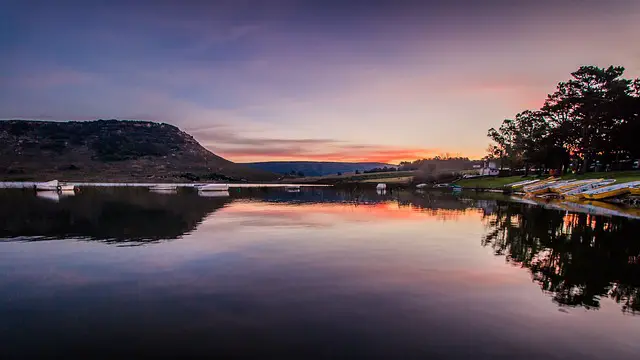
Laguna Brava is a saltwater lagoon located in the Andes Mountains of Argentina. It is part of the UNESCO World Heritage Site, Los Cardones National Park.
What to see or do: Laguna Brava is known for its stunning scenery, including the bright blue water surrounded by snow-capped mountains. Visitors can go hiking, bird watching, and fishing in the lagoon.
Guided tours are available, and camping is allowed in designated areas.
Don’t miss: Don’t miss the opportunity to take in the breathtaking views of the surrounding Andes Mountains, along with the unique flora and fauna that call this area home.
The starry night sky is particularly impressive due to the high altitude and lack of light pollution.
Insider travel tips: Due to the high altitude, visitors should acclimate themselves to the altitude before engaging in any strenuous activities.
The best time to visit is during the summer months (December to March), as winter weather can make access to the lagoon difficult.
Be sure to bring warm clothing, as temperatures can drop significantly at night.
28. Tren a las Nubes
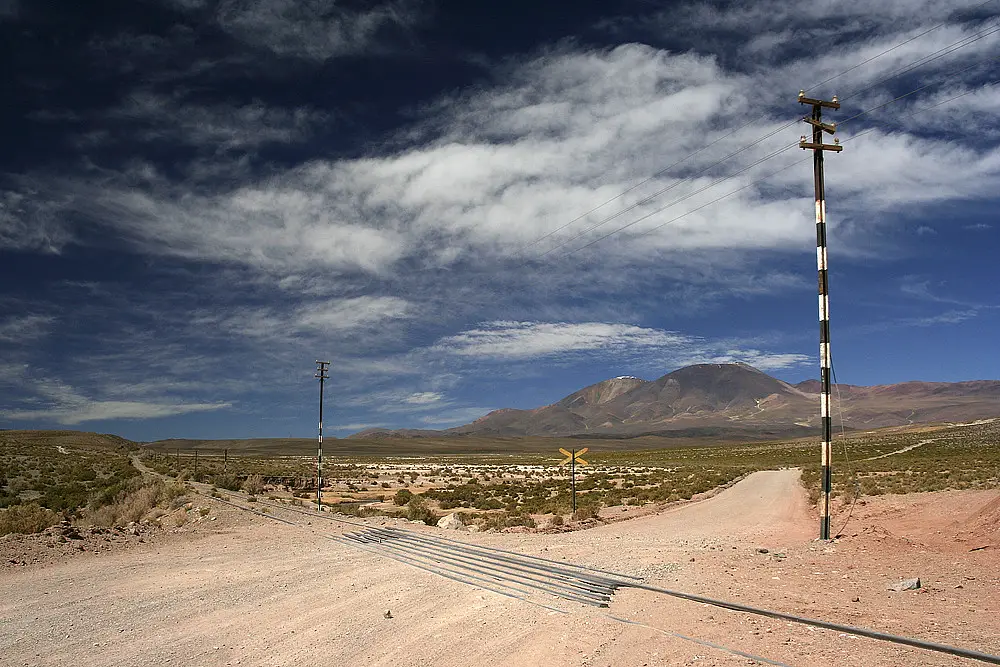
Tren a las Nubes (Train to the Clouds) is a historic train ride that takes you on a breathtaking journey through the Andes mountain range in Argentina.
What to see or do: On this train ride, you’ll be able to witness stunning views of the Andes, including deep gorges, high peaks, and beautiful valleys.
You’ll also get to see some of the fascinating traditional villages of the region.
Don’t miss: The highlight of the journey is when the train reaches La Polvorilla viaduct, one of the highest railway viaducts in the world, at a dizzying height of 4,200 meters.
The sight from here is truly unforgettable.
Insider travel tips: – The train journey starts from the city of Salta and lasts for around 16 hours, so be prepared for a long ride.
29. Nahuel Huapi National Park
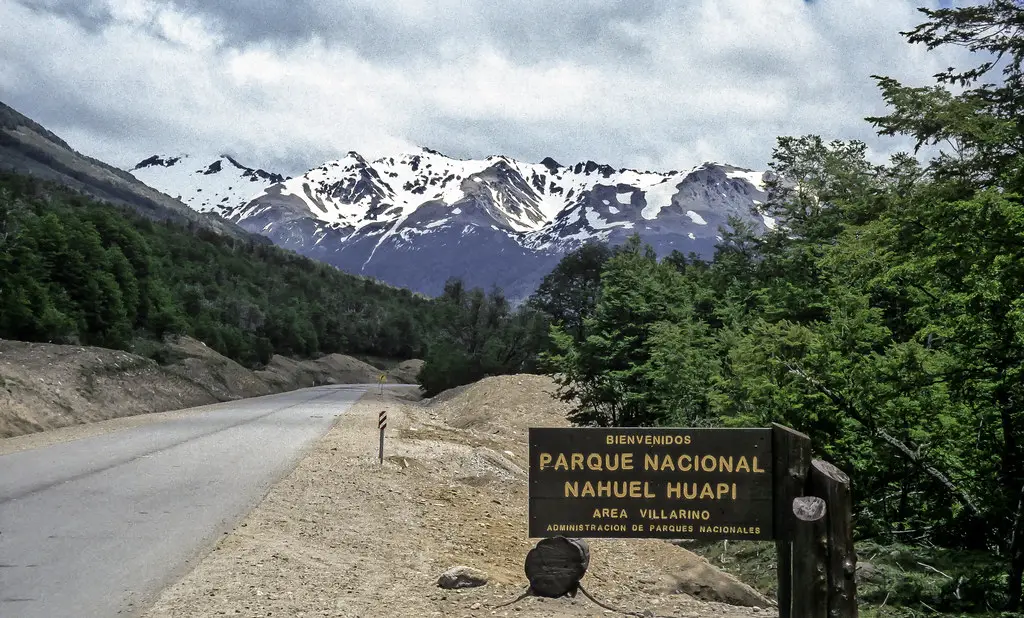
Nahuel Huapi National Park is a protected natural area in Argentina covering over 2 million acres of lakes, forests, mountains, and glaciers.
What to see or do: Explore the stunning scenery on a hike, bike ride, or horseback ride. Take a boat tour of the glacial lakes, fish for trout, or go skiing in the winter.
Visit the charming town of Bariloche for its Swiss-style architecture and delicious chocolate.
Don’t miss: Climb to the top of Cerro Catedral for breathtaking panoramic views, or take a dip in one of the park’s natural hot springs.
See the thundering waters of the Garganta del Diablo waterfall or visit the Huemul glacier.
Insider travel tips: Visit in the shoulder seasons of March to May or September to November to avoid crowds and enjoy mild weather. Stay in a cabin or camp for a more immersive experience, and bring warm layers as temperatures can drop quickly.
Don’t forget to sample the delicious local seafood and meat dishes.
30. Cafayate and the Calchaquies Valleys
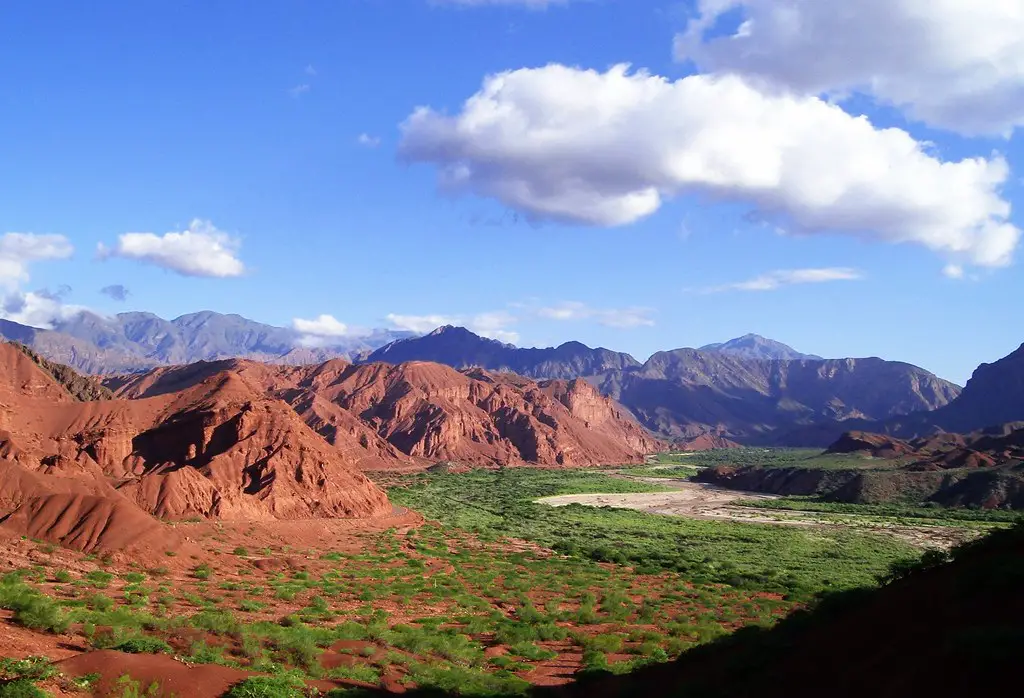
Cafayate and the Calchaquies Valleys are a picturesque region in Northwestern Argentina, known for their stunning landscapes, vineyards, and pre-Columbian ruins.
What to see or do: Take a wine tour and visit some of the many wineries in the area, including some of the highest vineyards in the world.
Explore the surrounding desert landscape, including the Quebrada de las Conchas, a colorful canyon known for its unique rock formations. Visit the ancient ruins of the Quilmes people, who once inhabited the area.
Don’t miss: The Cafayate Wine Museum, where you can learn about the history and production of wine in the region. The Iglesia Nuestra Señora del Rosario, a beautiful colonial-era church in the heart of town.
Insider travel tips: Visit during the week if possible to avoid crowds. Be sure to sample the local specialty, Torrontés wine, a white wine beloved for its crisp, fruity flavor.
And don’t be afraid to explore the dirt roads that crisscross the region – some of the best sights are off the beaten path.